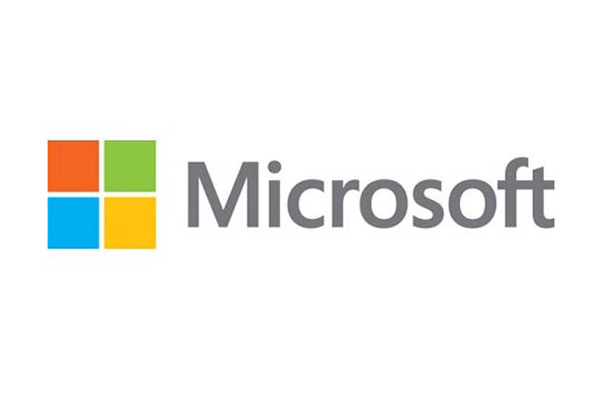
New York, US, (BBN) - WinHEC (Windows Hardware Engineering Community) is Microsoft’s string of conferences designed to get hardware developers jazzed about developing for the Windows platform.
Microsoft’s goal, like anyone with an ecosystem, is to get their fair share of resources committed to their platform, reports Forbes.com.
At this year’s WinHEC 2016 in Shenzhen today, Microsoft laid out what could possibly be the biggest look into the future of the personal computing platform we have seen in a while.
Part of that has to do with the upcoming Creator’s Update that is coming to Windows 10 next year that will enable new and more immersive user experiences.
Microsoft brought both Intel and Qualcomm on stage to talk about the developments from each of the companies and how each of them is working with Microsoft to enable new experiences to users with Windows.
PROJECT EVO
Microsoft talked about their collaboration with Intel to enable a new wave of PCs called “Project Evo” which is a partnership to deliver the most cutting edge technologies inside products with Intel inside.
These include capabilities like far-field audio for high quality Cortana experiences from anywhere in the room, mixed reality experiences through affordable PCs and HMDs (head mounted displays).
This serves as a way for Microsoft and Intel to ensure that they don’t miss and in some cases, lead this new wave of immersive computing.
Related to intelligent agents, I could never understand how or why a PC with a 1000x processing capability didn’t beat to market the capabilities of an Amazon Echo. I am hopeful future PCs will be able to surpass these capabilities given the lower latency capabilities and processing capabilities of a PC, said Patrick Moorhead contributor of Forbes.
Microsoft and Intel will also work together to increase the security of Windows PCs with a blending of Intel’s hardware capabilities and Microsoft’s threat intelligence, complementing one another.
Building in additional security will be crucial for the ever-increasing threats that users encounter on a daily basis.
This is a great use case for a PC, which is so much more open than other platforms, and which has so much performance.
The two companies even talked about gaming and enabling better gaming experiences with better streaming capabilities, High Dynamic Range (HDR), spatial audio and deeper color gamuts for richer visuals.
These advancements will serve to continue to move forward the existing PC form factors in ways that make them attractive and worthy of an upgrade.
I’m glad to see the PC platform strive to lead in a few new use cases, something it has lacked for a while, Patrick added.
BBN/MS/ANS